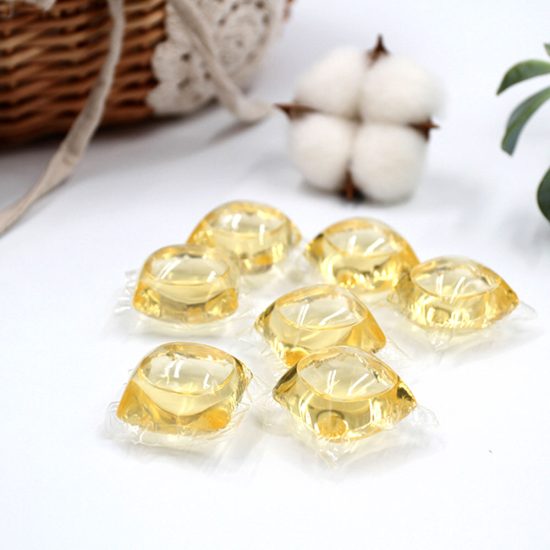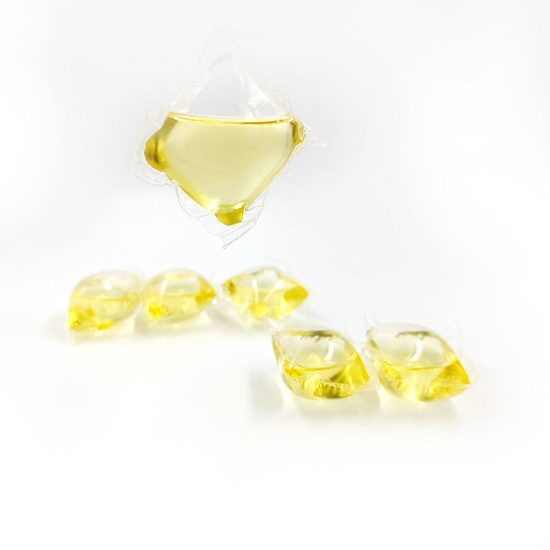Laundry day is a part of our routine, but have you ever wondered how laundry soap works its magic to clean your clothes? In this article, we’ll explore the fascinating science behind laundry soap and demystify the cleaning process. Understanding the chemistry can help you make better choices when selecting the right detergent for your laundry.
1. Breaking Down Stains
Laundry soap’s primary job is to break down and remove stains. Stains can be composed of various substances, such as oils, proteins, and pigments. To tackle this, laundry detergents contain surfactants, short for “surface-active agents.” Surfactants have a hydrophilic (water-attracting) end and a hydrophobic (water-repelling) end. When you add detergent to your laundry, the hydrophobic end attaches to the oily or greasy part of the stain, while the hydrophilic end binds to water.
2. Emulsification
This action, known as emulsification, suspends the stain particles in water, preventing them from reattaching to your clothes. This process allows the stain to be washed away with the rinse water, leaving your clothes clean.
3. Removing Dirt and Odors
Apart from breaking down stains, laundry detergents contain enzymes that target specific types of stains. For example, protease enzymes break down proteins like blood and grass stains, while amylase enzymes target starch-based stains. Additionally, the detergent’s fragrance compounds help neutralize and mask odors, leaving your clothes smelling fresh.
4. Preventing Re-Deposition
Laundry detergents also contain agents to prevent re-deposition of dirt onto your clothes. These agents, known as anti-redeposition agents, work by keeping the loosened dirt and stains in the water and away from your clothes.
5. Water Softening
In regions with hard water, the minerals present can interfere with the cleaning process. To combat this, many laundry detergents include water softeners, which bind to the calcium and magnesium ions in hard water, allowing the surfactants to work more effectively.
6. The Role of Temperature
Temperature plays a significant role in the efficiency of laundry detergent. Hot water can help dissolve and dislodge dirt and stains more effectively than cold water. However, with advancements in detergent technology, many modern detergents are designed to work efficiently even in cold water, which helps reduce energy consumption during the washing process.
Conclusion
The science behind laundry soap is a fascinating combination of chemistry, biology, and physics, all working together to ensure your clothes come out clean and fresh. Understanding how laundry detergents function can empower you to make informed choices when selecting the right detergent for your laundry needs. So, the next time you’re doing your laundry, you can appreciate the intricate science that goes into keeping your clothes looking their best.


